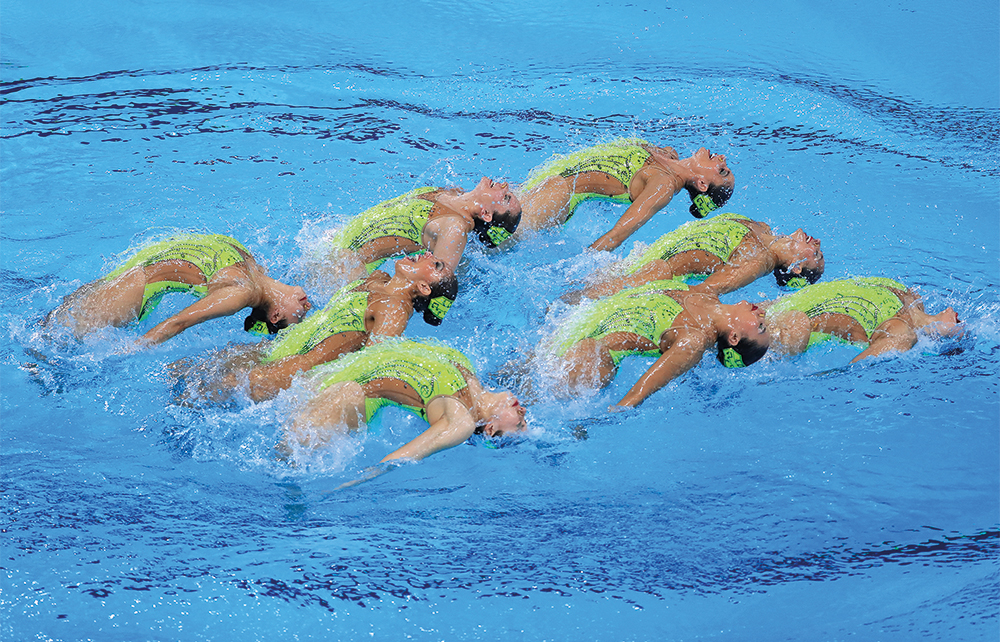Synchronised swimming isn’t really a sport, is it? It’s ‘artistic swimming’ now, of course, though many athletes don’t like that term precisely because it makes the Olympic event sound less like a real sport. But by the end of Swimming Pretty, Vicki Valosik’s meticulous history of synchronised swimming, it’s difficult to think of it as anything other than one of the toughest sports we’ve been watching in Paris – and wonder why anyone would disagree.
That question is one that Valosik addresses in her book, along with making the case for the sheer discipline and power of a synchronised swimmer. Her skill is in doing both without ever sounding plaintive or chippy. Besides, the story she tells is so remarkable that it doesn’t need any forced drama.
Swimming pretty is also dangerous, and has been ever since women started performing in tanks of water – some of which shattered, sending them flying among shards of glass. Divers have come up blind, their retinas shredded by the impact of the water. Esther Williams, the swimming filmstar whose photo was one of the most requested by American GIs, broke three vertebrae in her neck and nearly snapped her spinal cord in a dive when the metal crown she wore forced her head back and sent ‘lightning bolts of pain through her body’. Competitive swimmers have passed out underwater. Journalists in the 1980s mocked synchronised swimming, then gave it a go, and emerged from the water gasping in shock. ‘This is the hardest sport in the world,’ admitted Dave Barry of the Miami Herald.
It has been a difficult journey over the years for these pretty swimmers.









Comments
Join the debate for just £1 a month
Be part of the conversation with other Spectator readers by getting your first three months for £3.
UNLOCK ACCESS Just £1 a monthAlready a subscriber? Log in